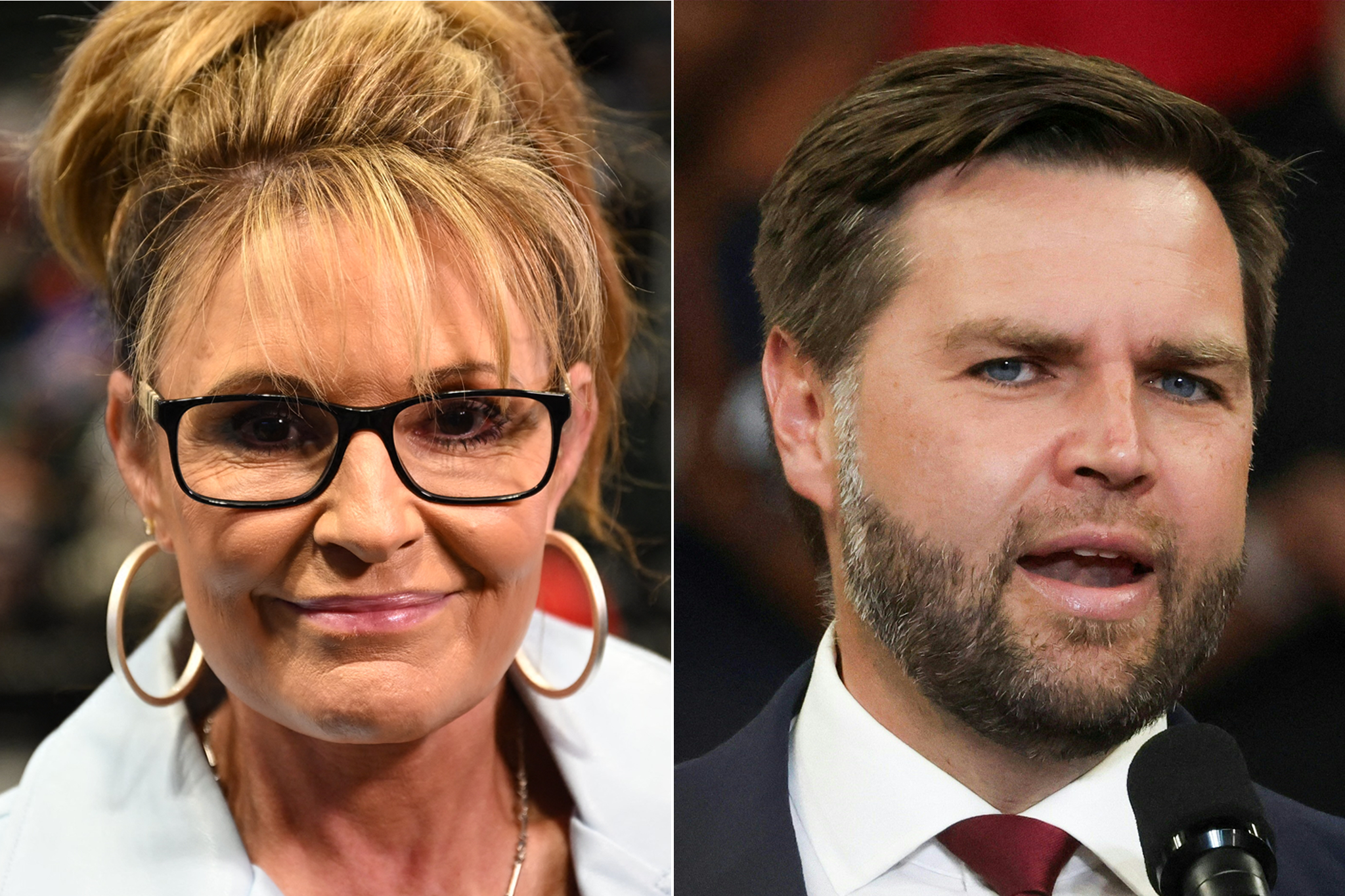JD Vance is now the least popular VP candidate in modern history


This is even lower than 2008 Republican vice presidential candidate Sarah Palin, whose popularity dropped to -2 per cent.
Palin had a catastrophic fall in popularity when running alongside John McCain, peaking at +21 favorability in August 2008, before ultimately plummeting by 23 per cent.
Vance has suffered less of a drop in popularity, as he began with an approval rating of just -3 on average.
Yet his numbers have only continued to fall, with several controversial outbursts leaving him with the lowest average favorability rating for any candidate.

Meanwhile, Democratic VP choice Tim Walz is coming from a stronger position.
On average, he has had a net positive approval rating since being chosen to join Kamala Harris on the ticket on 6 August, and his net favorability now stands at +4.7 per cent according to FiveThirtyEight data.
A new poll from Emerson College (up to 14 August) shows that Harris may have the highest popularity of all current candidates for the election, while both Trump and Vance have substantially high disapproval rates at -10 per cent.
In this poll, Walz is tied at neutral favorability, though on average his favorability has been positive.
The only VP choice who was more unpopular than Palin, but still rated higher than Vance, was Hillary Clinton’s running mate Tim Kaine.
Kaine’s net favorability was at just -4 per cent on election day in 2016, substantially lower than Republican VP Mike Pence, who had a +5 favorability rating.
